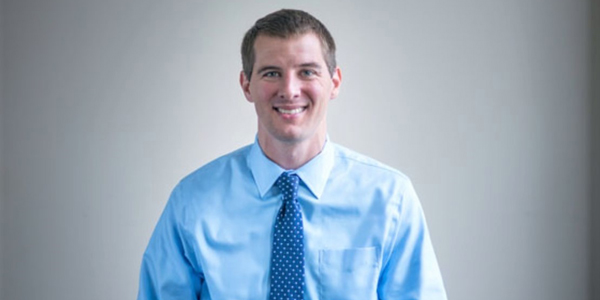By Amanda Durish Cook
Illinois is advancing toward a cleaner energy future thanks to two decades of policy and market developments, and new efforts could accelerate the trend, a Midwest environmental advocacy group said Thursday.
Speaking during a May 23 webinar on the evolution of Illinois’ energy market, Brad Klein, senior attorney for the Environmental Law and Policy Center, said last year’s Future Energy Jobs Act, coupled with increasingly competitive renewable generation prices, will continue to sway the state toward clean energy. The law set renewable and energy savings goals for utilities, created community solar programs and restructured the state’s renewable target process and $200 million annual budget.
The ELPC predicts that by 2020, the FEJA will boost Illinois’ solar capacity from 84 MW today to 2.8 GW by 2022, and also add 1.3 GW to its current 4.3-GW wind portfolio.
However, Klein said he predicted “growing pains and bottlenecks” in the interconnection process to get the projected amounts of solar generation online.
Klein said although he expects Illinois will be able to meet its minimum new build targets for renewable resources by about 2020, the state will probably need to continue building renewables to meet its 25% use target in the Commonwealth Edison and Ameren territories by 2025.
“We think we’re going to hit the minimum thresholds for new wind and solar build-out in the early 2020s … but we’re not on track yet to meet that 25% by 2025. We expect that this will be a long-term and sustainable effort over time,” Klein said.
He also forecasts more future bailout attempts by nuclear and coal generation operators, particularly Dynegy, which is now owned by Vistra Energy.
Klein said the FEJA favors energy efficiency, renewable energy and nuclear generation, and the final version of the law excluded draft provisions for coal bailouts, demand charges and support for microgrids. He also said FEJA notably lacked any provisions on EV and energy storage, markets he’d like to see developed in Illinois.
There are opportunities for Illinois to develop municipal aggregation programs, which are currently “stagnant,” he said. “I’m hoping we’ll see a new wave of aggregation.”
The Path to FEJA
Klein said the ELPC expects more renewable and decarbonization policies to take hold incrementally in Illinois, as other energy-related state policies have in the past.
“It seems to follow a pattern: Every 10 years or so, there’s major legislation,” he said.
He noted that Illinois began to restructure its market with 1997’s Illinois Electric Service Customer Choice and Rate Relief Law, which cut rates by up to 20% and froze them for 10 years while introducing retail competition in the state.
Klein said the state’s next wave of change came in response to the 2006 reverse power auction that saw residential prices jump 20 to 50% after the decade-long price caps expired. The auction sparked a public backlash against utilities and power marketers.
“It led to a political situation that created the next major piece of legislation,” he said, referring to the 2007 creation of the Illinois Power Agency, an independent state agency that procures power for utilities, and the state’s first renewable portfolio standard.
The 2007 RPS fell short of the state’s goals, and utilities became “increasingly hostile” to distributed resources, Klein said, leading to 2017’s FEJA.
The IPA said last year that Illinois’ first RPS, combined with retail choice, meant customers could toggle between utility service and alternative suppliers, “leading to budget and target uncertainties.” As a result of the FEJA, Illinois today uses a single RPS, rather than administering separate rules for customers using alternative suppliers.


